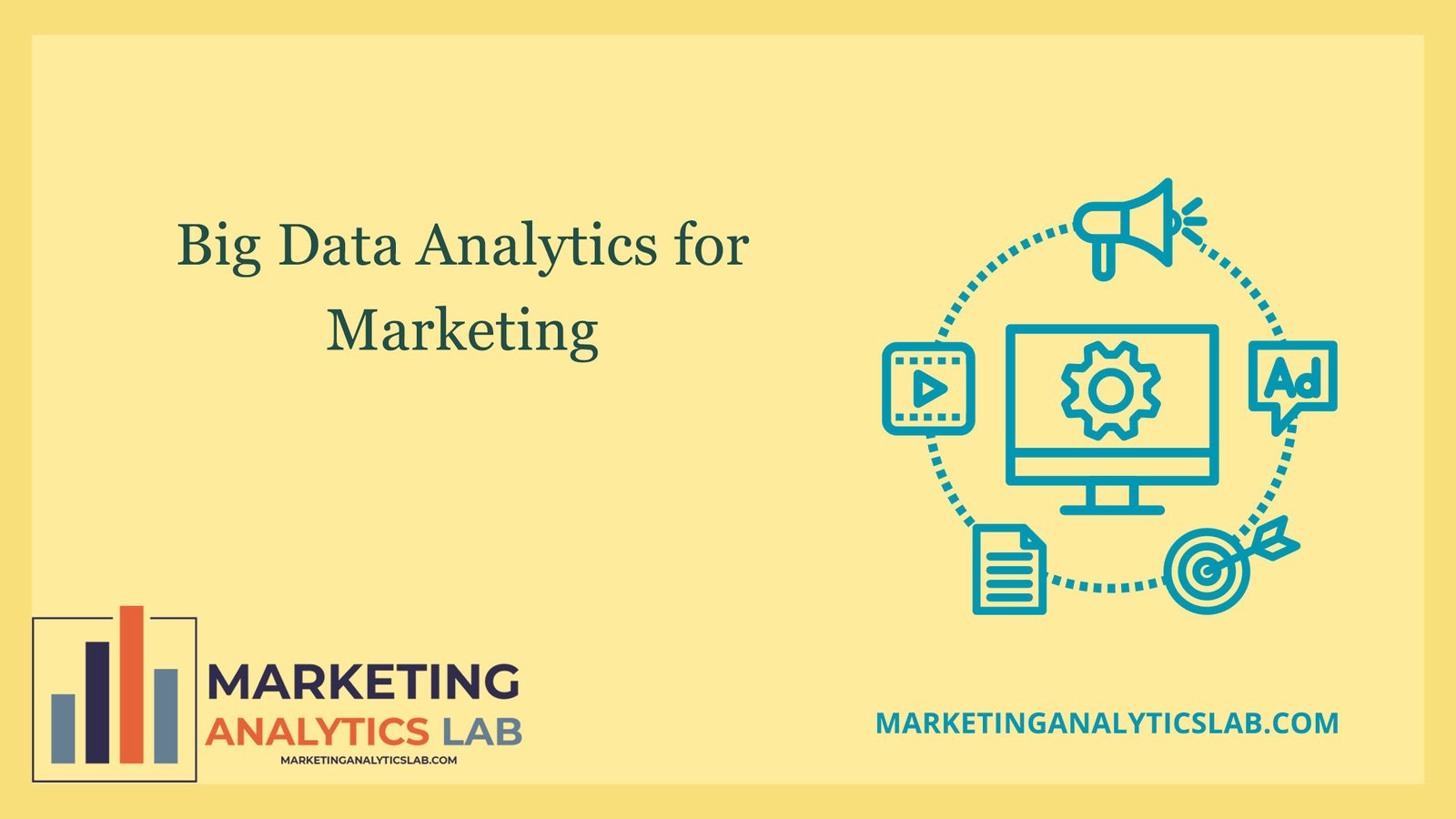Understanding the Role of Big Data Analytics in Marketing
Big data analytics has revolutionized the way marketers make decisions and engage with their target audience. By leveraging large sets of data from various sources, such as website traffic, social media interactions, and customer demographics, marketers can gain valuable insights into consumer behavior and preferences. This data allows them to tailor their marketing strategies to better meet the needs of their target audience and ultimately drive better results.
One of the key advantages of big data analytics in marketing is the ability to track and measure the effectiveness of marketing campaigns in real-time. By analyzing data in real-time, marketers can quickly identify trends and patterns, allowing them to make data-driven decisions on the fly. This agility enables marketers to adjust their strategies as needed to maximize the impact of their campaigns and optimize their return on investment.
Furthermore, big data analytics can also help marketers identify new opportunities for growth and innovation. By analyzing data on consumer behavior, market trends, and competitive landscape, marketers can uncover new market segments, product opportunities, and ways to differentiate themselves from competitors. This valuable insight can guide strategic decision-making and help marketers stay ahead of the curve in an ever-evolving market landscape.
Strategies for Leveraging Big Data in Marketing Campaigns
To effectively leverage big data in marketing campaigns, marketers must first ensure they have access to quality data from reliable sources. This data should be clean, accurate, and up-to-date to ensure that the insights derived from it are meaningful and actionable. Marketers can collect data from various sources, such as CRM systems, social media platforms, and website analytics tools, to gain a comprehensive view of their target audience and market landscape.
Once the data has been collected, marketers can use data analytics tools and techniques to analyze and interpret the data. These tools can help marketers identify trends, patterns, and correlations within the data, allowing them to uncover valuable insights that can inform their marketing strategies. By using data visualization tools, marketers can also present their findings in a clear and concise manner, making it easier to communicate insights to key stakeholders and make informed decisions.
Another key strategy for leveraging big data in marketing campaigns is to use predictive analytics to forecast future trends and outcomes. By analyzing historical data and identifying patterns, marketers can predict future consumer behavior, market trends, and campaign performance. This predictive insight can help marketers optimize their campaigns, personalize their messaging, and target the right audience with the right message at the right time, ultimately driving better results and increasing ROI.

